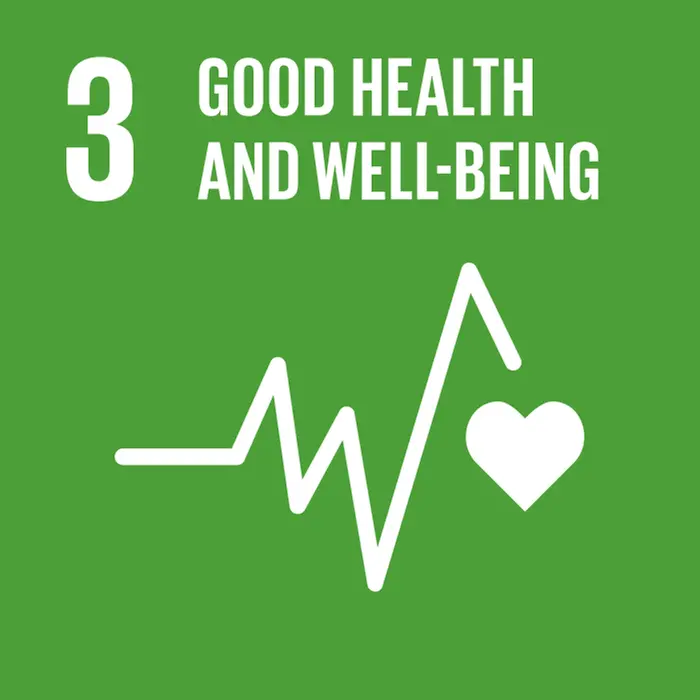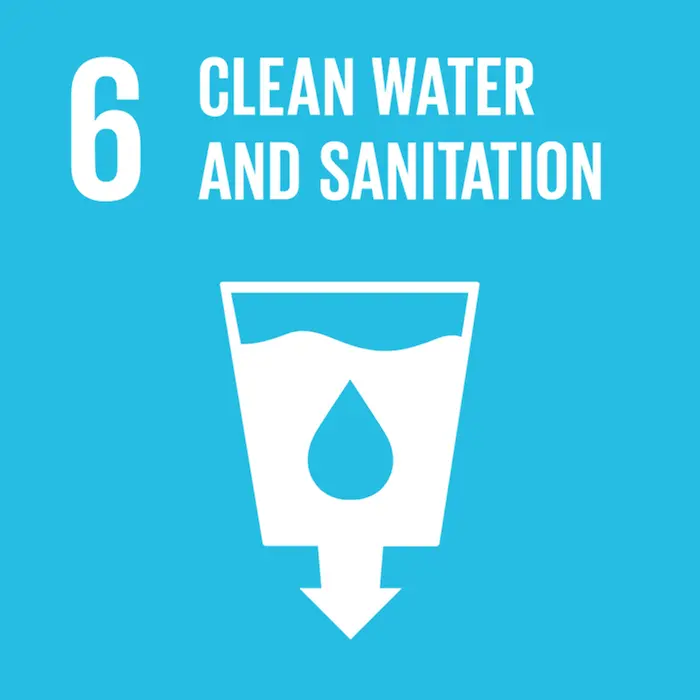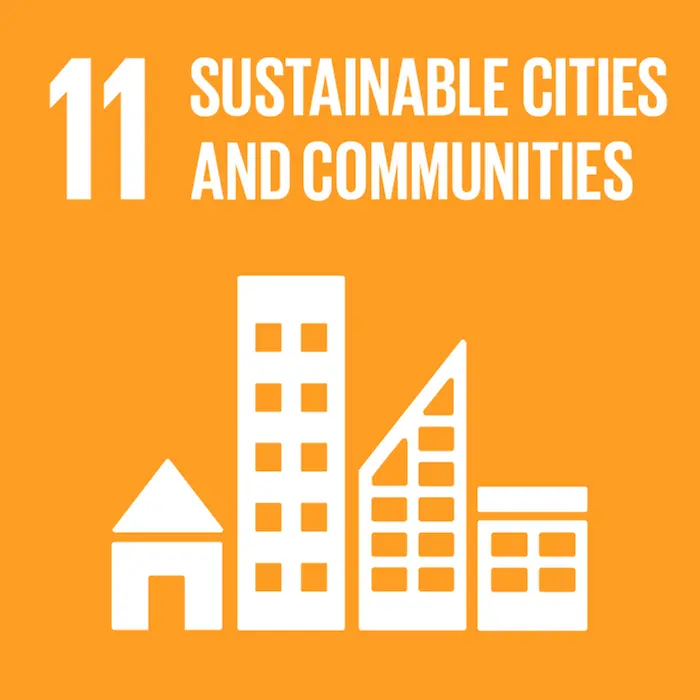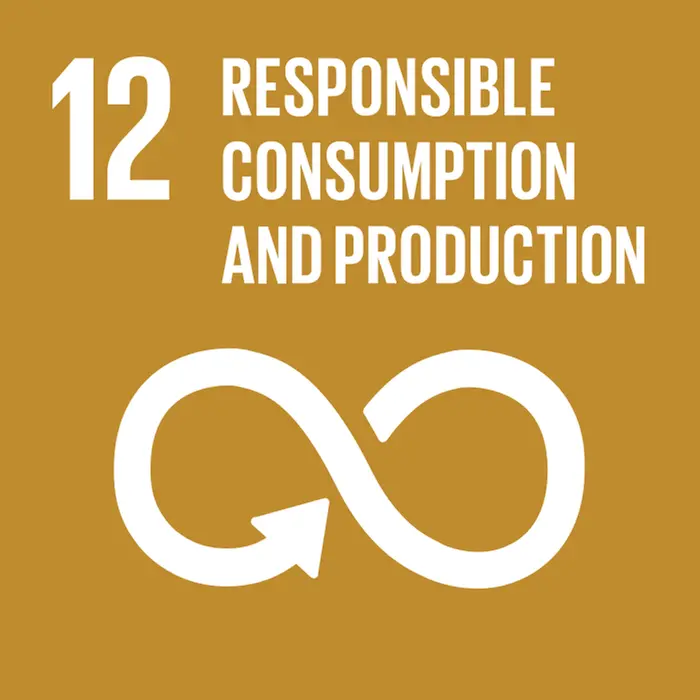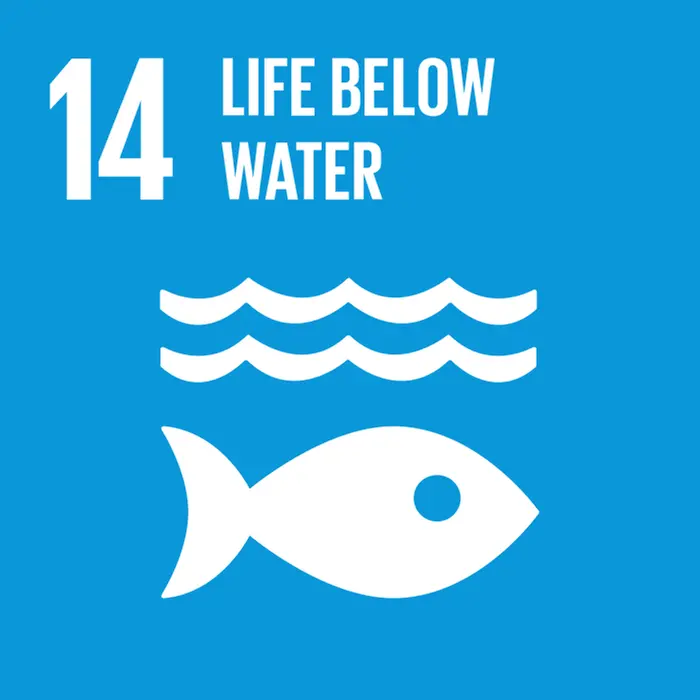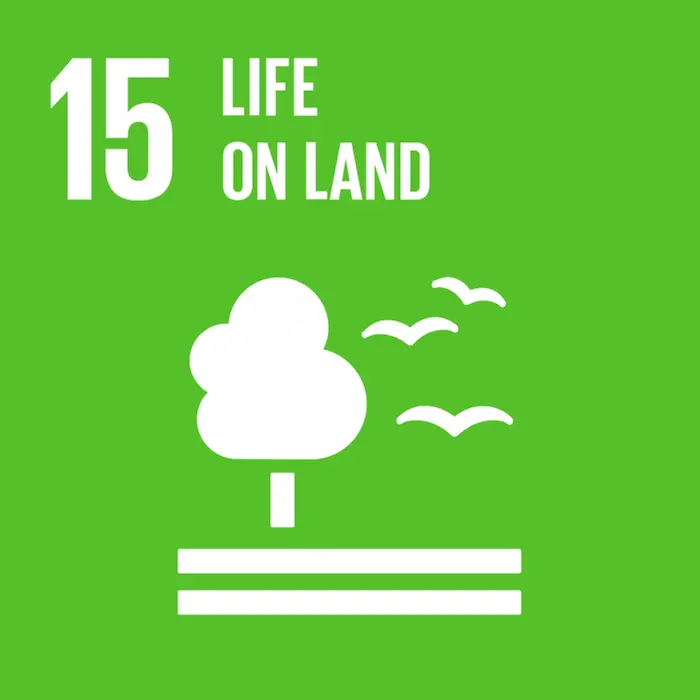
How can Swedish WWTPs address the PFAS challenge?
The widespread use and dispersion of PFASs (per- and polyfluoroalkyl substances) is a societal challenge at the global level. PFASs have very poor degradability, and a high risk of negative health and environmental impacts. Further, knowledge about dispersion and separation of PFASs is insufficient. For instance, knowledge gaps regarding PFAS dispersion and separation are particularly large at municipal wastewater treatment plants (WWTPs).
PFAS is an umbrella term for industrially produced chemicals. The thousands of different PFASs are found in everything from fire-fighting foam and cosmetics to impregnated textiles and coated food packaging.
PFASs can spread over large areas, for instance by air and water. However, not enough is known about dispersion pathways and how polluted flows can be stopped.
The role of wastewater treatment plants in PFAS
Municipal wastewater treatment plants are collection points for many of society's emissions, and their role and responsibility as regards PFASs is now under increased scrutiny. Here, a synthesis of both existing knowledge and knowledge gaps, along with guidance and recommendations, can be very helpful. Such a synthesis facilitates making overall assessments of the dispersion pathways and prioritizing the appropriate measures.
IVL has, taking a holistic perspective, examined and answered questions concerning:
- PFAS flows in Swedish society
- The role of wastewater treatment plants as a dispersion pathway for PFASs
- Existing treatment techniques
- How PFAS can be treated in the future, and what synergies can be achieved with treatment of other micropollutants such as drug residues
- Which analysis methods should be used when working with PFASs
- How WWTPs can address the PFAS challenge
Conclusions for future work with managing PFASs
Although certain PFASs are heavily regulated and some separation of PFASs can be done in WWTPs, neither current nor future technologies are sufficient to remove PFASs from society and the environment. PFASs are everywhere around us and will remain so for a long time.
PFASs can only be effectively removed from society and the environment if their introduction by way of products is halted. To avoid shifting the presence of PFASs from one part of the environment (e.g. wastewater) to another (e.g. sludge for spreading on fields), a long-term management of PFASs with incremental separation from the natural cycle will be necessary.
The focus in this separation from the natural cycle should primarily be on heavily polluted land and landfill leachate. Efficient upstream work where measures are taken right at the source should be prioritized even more, to reduce the spread of PFASs by way of sludge fertilization.
Finally, there must be a comprehensive strategy to deal with PFASs as a group, if necessary with measures targetted at particularly problematic substances.
Knowledge synthesis from analysis and survey
With a focus on municipal wastewater treatment plants, knowledge was synthesized following analyses and surveys of sources and transport routes, legislation and possible measures. PFAS flows from Swedish wastewater treatment plants were surveyed, and the PFASs analysed. Based on the knowledge synthesis, recommendations for wastewater treatment plants were developed.
In accordance with one of the project's aims, the knowledge synthesis and the recommendations were presented in an easily comprehensible way, in order to communicate with experts in micropollutant remediation as well as with laypeople.
IVL's work with the global goals
Read more about how our research contributes to sustainable development
IVL's work with chemicals
Read more about how IVL works chemicals
Read more about IVL's wotk with PFAS

